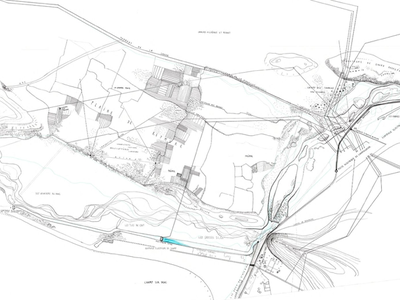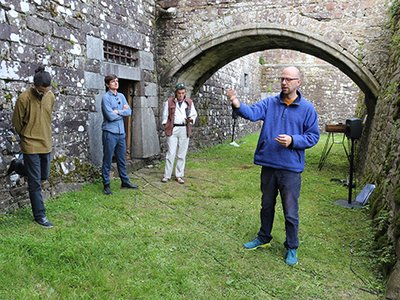This project focuses on the industrial hinterland south of Grenoble. A small area of a few kilometres across, where the valley floor is hemmed in by mountains either side, through which flows two rivers – the Drac and the Romanche – that have shaped the course of Grenoble history: Grenoblo Malheuru. Contained and canalised, these unpredictable waters have been the motor of the city’s modern history: as material resource, as energy. With the invention of hydro-electric turbine at the end of the 19th century, the territory became one of the centre of France’s second industrial revolution: paper, cement, carbide, aluminium, silicium, chlorine and derivatives – that set the stage the singular knot of industry, science/ engineering and military that characterises this territory in 20th and 21st centuries.
Every three months all the emergency sirens of the territory sound their drills. It is the moment when the faultlines that traverse this place become tangible, when the precarious neighbourings mediated by the atmosphere – in which the whole of the Métropole becomes the fall-out zone from potential accidents in the two vast chemical platforms – and by the rivers – in which the Métropole becomes a vast flood plain triggered by a dam collapse or malfunction. In June 2022, we recorded the sirens in seven different locations.The recordings then became the basis for multi-channel sound installation that re-presented, re-sounded, the territory. In 2023, we re-recorded the sirens in situ, along with musicians from the APNEE collective, who performed a collective – but dispersed – electro-acoustic improvisation.
This installation is an invitation to listen to these sirens in a different way, to question the territories they compose, with its transient boundaries dictating which spaces are forbidden and which are permitted. Beyond instilling “good reflexes” and expected behaviour, what is the sonorous geography revealed by these sirens?
See also: Cerisy Days


